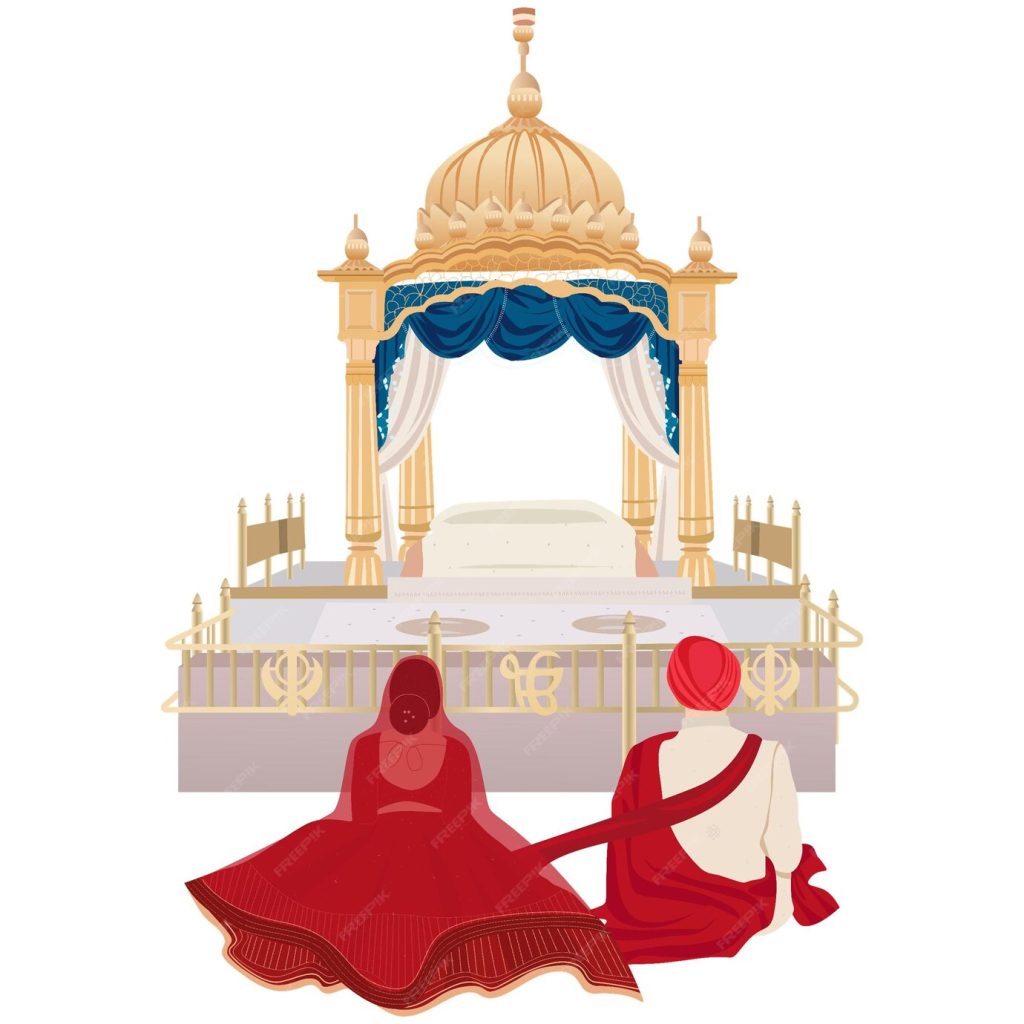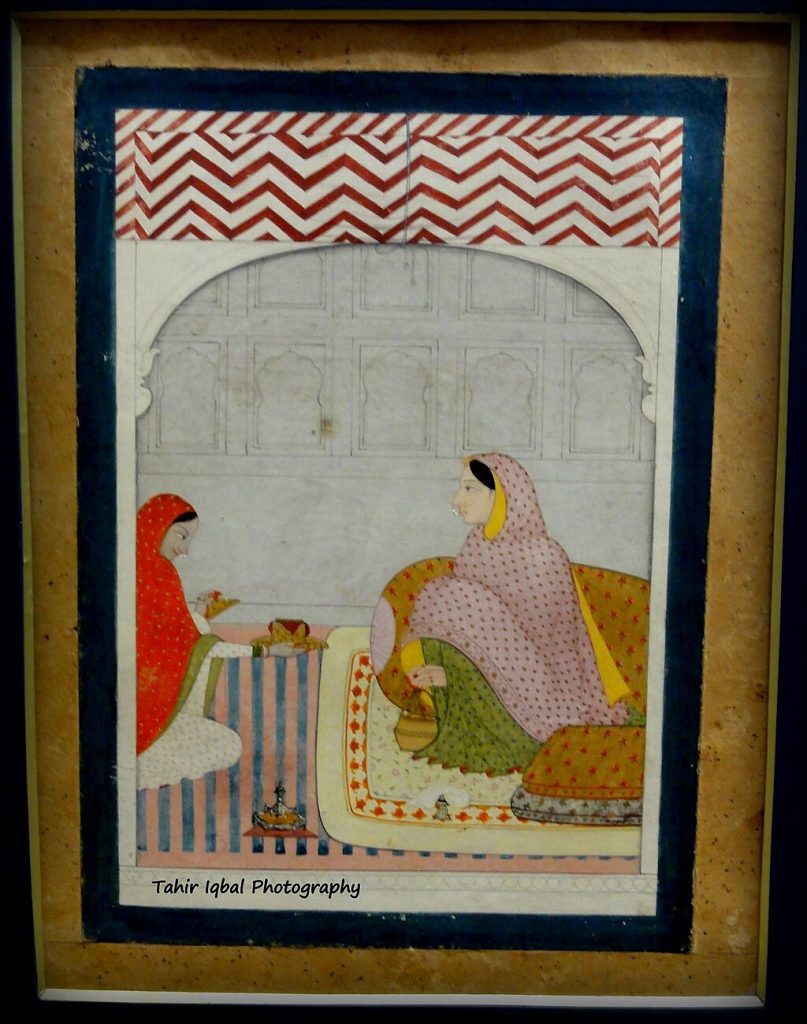ANAND KARAJ, lit. joyful ceremonial occasion or proceedings is the name given the Sikh marriage ceremony. For Sikhs married state is the norm and the ideal; through it, according to their belief, come the best opportunities for serving God\'s purpose and the well being of humanity, and it affords the best means of fulfilment of individuality and attainment of bliss. Sikhism repudiates monkery, vows of celibacy, renunciation or the sannyas in state. Unlike in the West, most marriages among Sikhs, as also in India as a whole, are arranged.
Explore the sacred Anand Karaj, the Sikh marriage tradition, highlighting its rituals, significance, and historical evolution in Sikhism.
BARBARA SINGH, BABA (1814-1870), second in the hierarchy of the Nirankari sect, was the eldest of the three sons of Baba Dayal, the founder of the sect. He was born at Rawalpindi on 1 Baisakh 1871 Bk / 11 April 1814 and succeeded to his father`s seat on 30 January 1855. From among the creed of religious and social reform preached by his father, he gave his utmost attention to one item marriage by Anand ceremony. He summoned an assembly of his followers and admirers at the Nirankari Darbar at Rawalpindi on 13 March 1855, and married a Sikh couple in the presence of Guru Granth Sahib, without inviting Brahman priests and dispensing with the rite of circumambulations around a fire.
DALLA, an old village, 6 km southeast of Sultanpur Lodhi (31° 13`N. 75° 12`E) in Kapurthala district of the Punjab, is one of the oldest centres of the Sikh faith. It had a flourishing sangat a fact which has been noted by Bhai Gurdas in one of his Varan. Prominent among the earliest devotees were Bhai Paro and Bhai Lalu, contemporaries with Guru Arigad and Guru Am ar Das. According to Bhai Mani Singh, Sikhan di Bhagat Mala, Guru Amar Das himself once visited Dalla.
DEV SAMAJ, a religious and social reform society, was founded on 16 February 1887 in Lahore by Pandit Shiv Narayan Agnihotri (1850-1929). The story of the Dev Samaj is in essence the story of its founder. Pandit Agnihotri was born in the village of Akbarpur, in Uttar Pradesh, on 20 December 1850. At sixteen he went to Thomson College of Engineering at Roorkee. In November 1873, he moved to Lahore taking a position as drawing master at the Government College.
DHARAM SINGH, BHAI (d. 1921) was the youngest of the four sons of Bhai Sant Singh and Mai Hukmi, of the village of Bundala, in Amritsar district. He was only four years old when the family migrated to Chakk No. 71 Bundala Bachan Singhvala in the newly colonized district of Lyallpur. His education was limited to rudimentary knowledge of the Punjabi language which he could barely read in the Gurmukhi script. He was robustly built and enjoyed wrestling.
Explore the divine beauty of ghorian hymns in the Guru Granth Sahib, reflecting on marriage and the spiritual journey to unite with God.
Discover Guru ka Lahore, a historic site linked to Guru Gobind Singh's matrimony. Explore its sacred gurdwaras and vibrant festivals. Visit now!
Explore the spiritual significance of Lavan in Sikh weddings, symbolizing the soul's journey to union with the Divine, guided by Guru Granth Sahib.
Discover the compelling history of Mahitab Kaur, her marriage, and legacy alongside Maharaja Ranjit Singh. Explore this poignant chapter of Punjab history.
- 1
- 2




